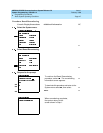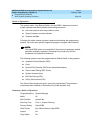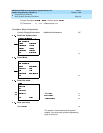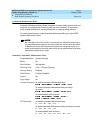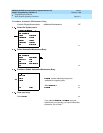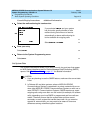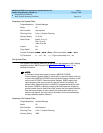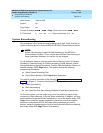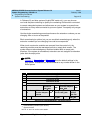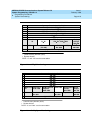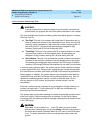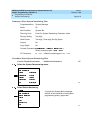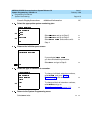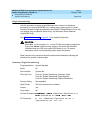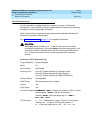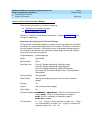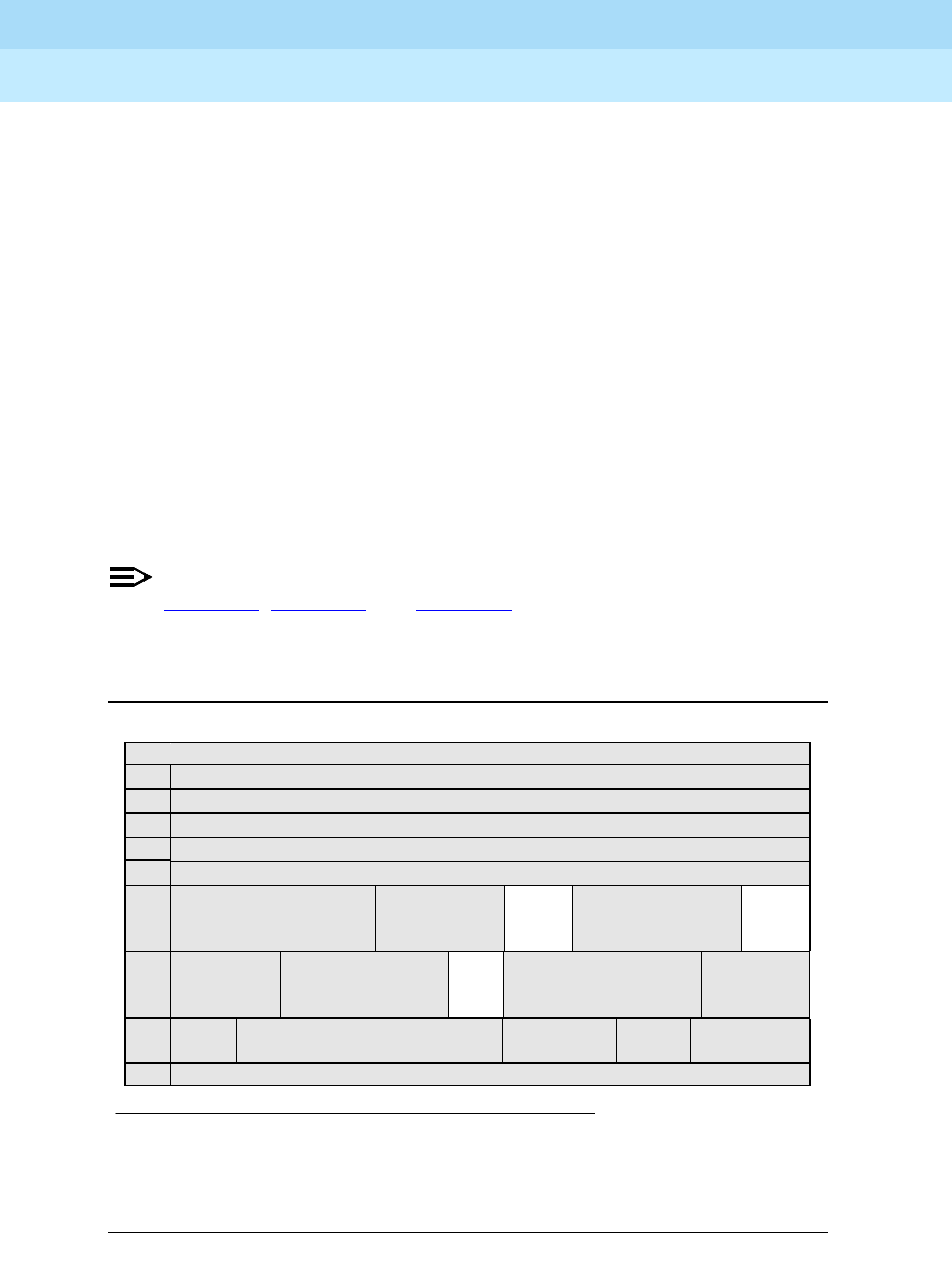
MERLIN LEGEND Communications System Release 6.0
System Programming
555-660-111
Issue 1
February 1998
Programming Procedures
Page 4-15System Renumbering
4
In Release 6.0 and later systems (Hybrid/PBX mode only), you may choose
non-local dial plan numbering to specify the numbering of extensions connected
to remote networked systems and allow users on your system to access those
extensions as if they were connected to your own system. You specify only ranges
of extensions.
Use the single renumbering procedure whenever the extension numbers you are
changing
from or to are not sequential.
Block renumbering is quicker, but you can use block renumbering only when the
extension numbers you are changing
from and to are sequential.
When trunk or extension modules are removed from the control unit, the
remaining modules must be rearranged so that no empty slots remain. The
system does not acknowledge any modules installed after an empty slot;
therefore, if the system is renumbered, extensions are not assigned to extension
jacks after the empty slots.
NOTE:NOTE:NOTE:
Figure 4–1
, Figure 4–2, and Figure 4–3 show the default settings in the
gray spaces. Extensions can be renumbered to any number shown in the
white spaces.
Figure 4–1. 2-Digit Numbering
0 Operator Console (not flexible) 0
1 Extensions 10−19
2 Extensions 20−29
3 Extensions 30−39
4 Extensions 40−49
5 Extensions 50−59
6 Extensions 60−66 Extra
Extensions
6700−6842
6843−
6849
Extra MFMs/
Terminal Adapters
6850−6992
6993−
6999
7 Main Pool
70
MFMs/
Terminal Adapters
710−766
767−
769
Calling Groups
770–791,7920−7929
Paging
Groups
793−799
8 800
*
Trunks 801−880 Park
881−888
889
†
Pools
890−899
9 ARS Access (Hybrid/PBX Mode) / Idle Line Access 9
*
Listed Directory Number (QCC Queue)
†
Remote Access
NOTE: “0” and “10” are the same station.



